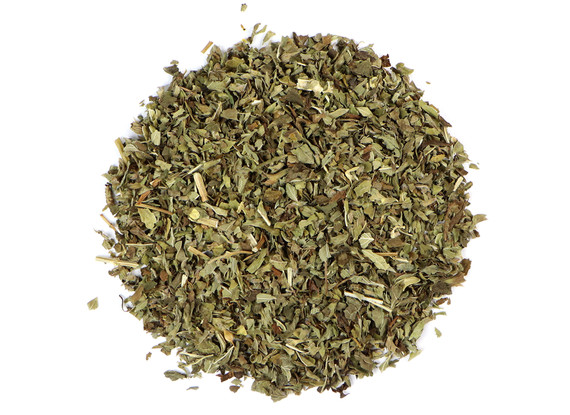Monarda fistulosa, or bee balm, is a wildflower found throughout North America, known to indigenous cultures for its many traditional uses. Also known as wild bergamot, this herb should not be confused with the citrus bergamot that is used to flavor earl grey tea.
It is a hardy plant that can withstand drought conditions, competition with invasive plants, and poor soil and still thrive. The flower, which is in bloom for a full month in the summer is a magnet for pollinators, especially bees and hummingbirds. A member of the mint family, bee balm has a strong scent akin to oregano, which acts as a deterrent to deer and rabbits.
Bee balm has a long history of use for its supportive properties. The name bee balm is derived from its traditional use in a salve made for calming occasional skin irritations from stings. The indigenous peoples of upstate New York brewed tea out of the leaves, passing the process on to European settlers. After American revolutionaries, in protest of the British tea tax, tossed their imported tea into Boston Harbor they turned to bee balm as a local brew.
Precautions
No known precautions. We recommend that you consult with a qualified healthcare practitioner before using herbal products, particularly if you are pregnant, nursing, or on any medications.












